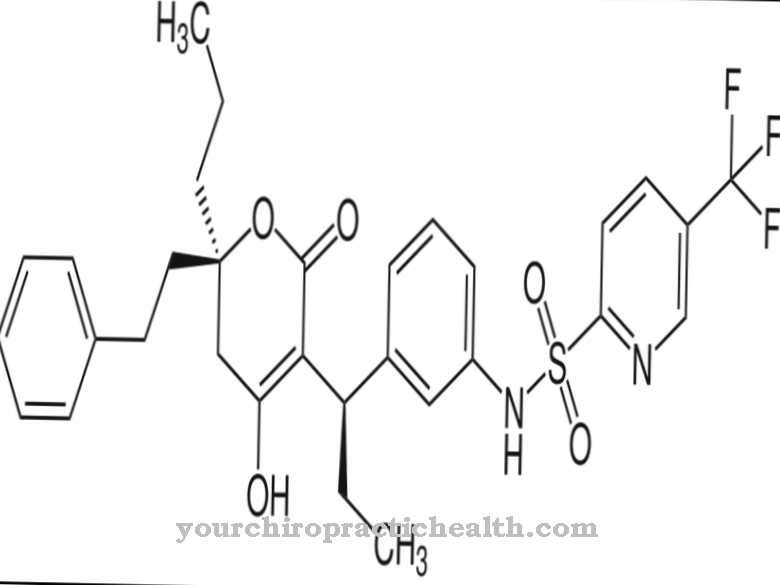The active substance Acetylsalicylic acid (ASA), which is used in aspirin was obtained from willow bark by a French chemist as early as 1850. But it wasn't until 1900 that two German chemists from Bayer succeeded in developing the substance in such a way that it no longer had the originally strong caustic effect when it was taken. This was the birth of the pain reliever known all over the world today, which was henceforth marketed by Bayer under the name Aspirin.
Medical effect & application

The effect of the Acetylsalicylic acid and their applications not only has an analgesic effect on headaches, limb pain and toothache, but also has a fever-lowering effect on flu-like infections, for example.
It wasn't until much later that scientists discovered another interesting effect of this substance. Acetylsalicylic acid prevents blood platelets from clumping together and thus counteracts circulatory disorders and the development of thromboses in the blood vessels. Since 1985 this active ingredient has been used for acute heart attacks, to prevent a new heart attack or stroke, and to prevent travel thrombosis on long flights.
Even after surgery, ASA is used to prevent thrombosis and embolism. But acetylsalicylic acid can do even more. Due to its anti-inflammatory effect, it is also effective in rheumatism and arthritis and causes the inflammatory changes in the joints and soft tissues to subside. But that's not all: the acetylsalicylic acid also destroys the protein molecules that cloud the eyeball in cataracts.
Interactions
Acetylsalicylic acid inhibits the production of the enzyme cyclooxygenase and the formation of certain prostaglandins. This explains the analgesic, antipyretic and anti-inflammatory effects. However, some of these prostaglandins are responsible for protecting the stomach lining. For this reason, people with a sensitive stomach experience heartburn, irritation and bleeding of the gastric and intestinal lining when taking ASA. The discovery of the active principle of acetylsalicylic acid, more precisely its inhibiting effect on prostaglandin synthesis, was honored with the 1982 Nobel Prize.
The use of acetylsalicylic acid at the same time as other medication should always be discussed with a doctor. ASA can extend the bleeding time when taking anticoagulants at the same time. If alcohol or cortisone preparations are consumed at the same time, bleeding in the gastrointestinal tract can occur. Taking diabetes medication and ASA at the same time can lead to hypoglycaemia.
You can find your medication here
➔ Medicines for painRisks & side effects
Acetylsalicylic acid is available for sale without a prescription and is best known under the trade names Aspirin®, Alka-Seltzer®, Acesal®, ASS-Ratiopharm® and Thomapyrin®. The list of possible side effects is long, but the worldwide acceptance of this active ingredient shows that the stated side effects very rarely occur if the agent is not taken regularly over long periods of time without medical supervision.
Long-term use of acetylsalicylic acid can lead to visual disturbances, dizziness, nausea and ringing in the ears. These side effects go away when the dose is reduced or the drug is stopped entirely. If there is a tendency towards gastric mucosal inflammation and gastric ulcers, the use of the active ingredient ASA must be weighed up, taking into account the risk-benefit ratio. Acetylsalicylic acid is not suitable as a pain reliever for children and adolescents.
The active ingredient acetylsalicylic acid is available in the form of conventional tablets, effervescent tablets and chewable tablets. The dosage is between 400 and 500 mg per tablet. The recommended maximum daily amount is 4 g ASA. Acetylsalicylic acid is also offered in combination with caffeine, which intensifies the effects of ASA. Acetylsalicylic acid is also available as a combination preparation with vitamin C.














.jpg)













